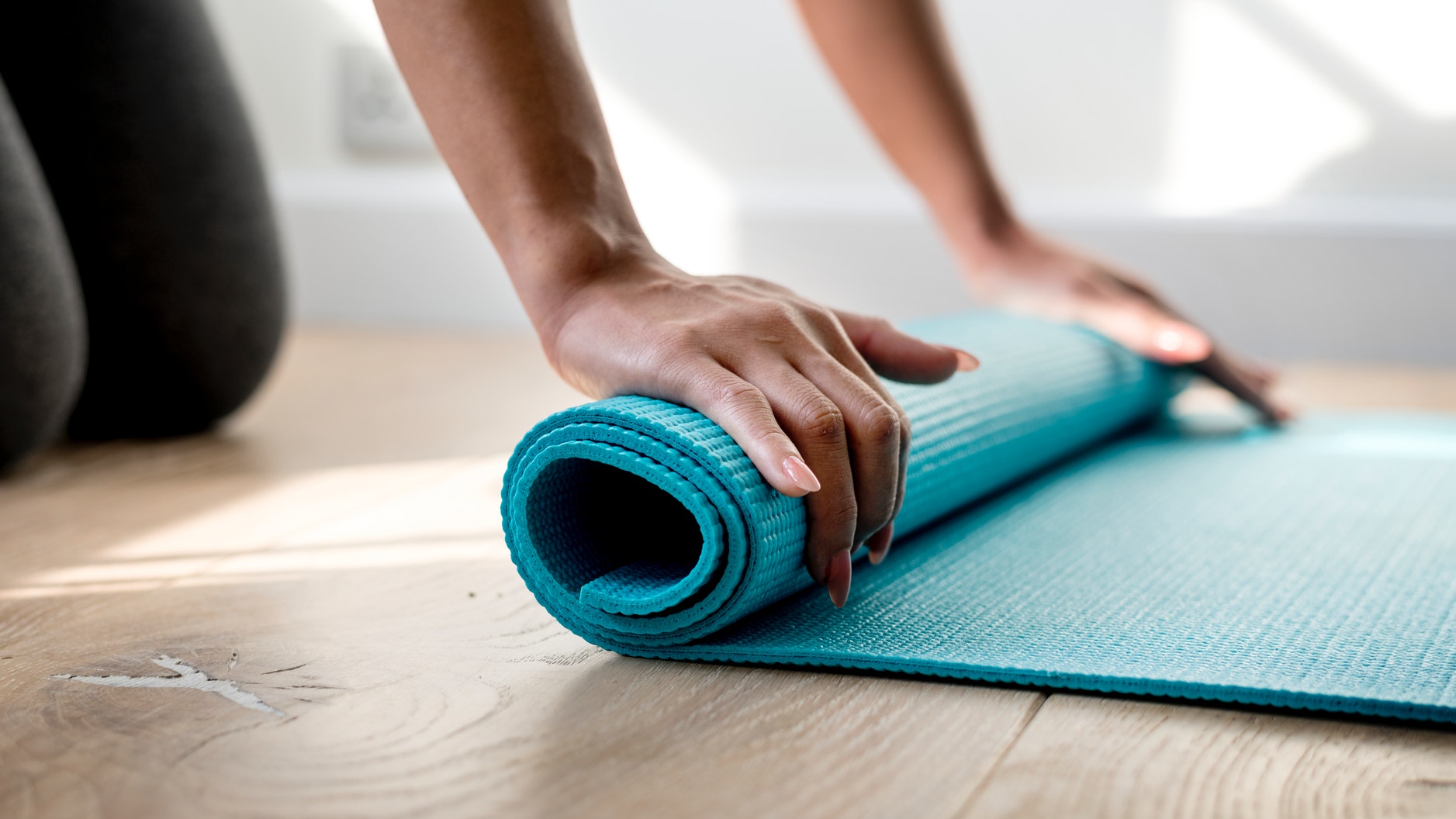
When you get nervous or excited, you can feel your heart speeding up and working harder. That’s because our heart rate increases getting you ready for what’s next.
We generally don’t think about our heart rate unless it’s during times like these, however, it’s time we start being more conscious about our heart rate. It is often overlooked as a predictor for cardiovascular disease among many other things. This is significant because the risk for obesity is skyrocketing; a large group of people is at risk for a plethora cardiovascular diseases. These people, including society as a whole, can become much healthier by just working on their heart rate.
What is Heart Rate?
Your heart rate refers to the number of times your heart contracts or beats per minute (BPM). This is also known as your pulse. The three easiest places to feel your pulse are the wrist, inside of the elbows, and side of neck. You can check your rate very easily. All you have to do is relax and count the number beats you feel in one minute.
Heart rate is a quick indicator of health because it reflects how hard your heart is working. The healthier you are, the less your heart has to work. A healthy heart rate is between 60 and 100 BPM. A heart rate above 90 BPM isn’t necessarily bad, but it should cause some concern as obese individuals can have heart rates around 90 to 100 BPM.
An extremely low heart rate isn’t bad either. In fact, it means the heart is extremely efficient. Heart rates lower than 60 BPM are typically seen in athletes. Some individuals may exhibit low heart rates but it shouldn’t be cause for concern. Drugs that lower heart rate and blood pressure such as beta blockers can cause very low heart rates.
How Much Does Heart Rate Correlate to Health?
It may seem too simple to correlate heart rate to your physical health. With everything we do and eat, we have a different idea of how healthy we are. Heart rate is actually a very good indicator of health because despite body size, heart rate will be the same. It can even be a predictor of health and mortality.
In a French IPC study by Benetos et al., 7,263 women and 12,123 men between the ages 40 and 64 were studied over a 20-year follow-up period. Both men and women were found to have a lower risk for cardiovascular disease with men having a lower risk for coronary heart disease as well.
Another study of 695 schoolchildren found that higher aerobic fitness resulted in a lower heart rate for both sexes. This study, and two others, found adolescents that had higher aerobic fitness had better overall cardiorespiratory health in their adult life.
These studies prove that heart rate is a strong indicating factor of overall and cardiovascular-related disease.
What Can You Do?
The easiest way to lower your heart rate is to exercise. Regular exercise works the heart, which in turn strengthens it. Even though you can’t physically see your heart getting stronger, your heart is a muscle and it in fact gets stronger and (slightly) bigger. Over time, the walls and muscle around your left ventricle, the chamber in which blood is pumped out into circulation, gets thicker and stronger. You will be able to pump more blood so your heart doesn’t have to contract as often.
The quality of exercise plays a bigger role than quantity when it comes to improving heart rate. Dr. Wasfy tells Mathew Sloan, an editor for Harvard Men’s Health Watch, that even a small amount of exercise can make a change on heart rate and health. However, he says that for middle-aged individuals, one hour of exercise at 66% effort lowered heart rate much more efficiently than one hour at 33% effort. The American Heart Association agrees, saying, “…low or moderate amount of physical activity doesn’t usually change the resting pulse much”.
So if you are trying to be healthy, aim for moderate to high intensity exercise. Everyone is different, so an easy way to gauge intensity is to monitor your heart rate during exercise. First, subtract your age from your weight to get a rough estimate of your maximum heart rate. Then, find a way to track your heart rate while exercising. For individuals who are new to exercise or don’t exercise often, aim for a heart rate that’s 65% of your maximum heart rate. Work your way up to about 80% of your max. This is a great way to systematically improve heart rate and fitness.
Conclusion
Your heart rate is the number of times your heart beats per minute. Studies have shown heart rate is inversely linked to cardiovascular disease. The better an individual’s fitness is, the lower the incidence of heart related diseases. This is true for both men and women, however, a fundamental difference separates how men and women should exercise. Men are at a higher risk for coronary heart disease so they’re exercise should be more aerobic focused. Women are more likely to develop osteoporosis, so they’re exercise should include an adequate amount of weight training. In the end, any form of moderate exercise will be extremely beneficial for heart health.
Sources
Benetos, A., Rudnichi, A., Thomas, F., Safar, M., and Guize L. Influence of heart rate on mortality in a French population. Hypertension. 1999; 33: 44-52
Caetano, Joana, and Jose Delgado Alves. “Heart Rate and Cardiovascular Protection.” European Journal of Internal Medicine, May 2015.
Silva, Diego Augusto Santos et al. “Association between Resting Heart Rate and Health-Related Physical Fitness in Brazilian Adolescents.” BioMed research international vol. 2018 3812197. 28 Jun. 2018, doi:10.1155/2018/3812197



